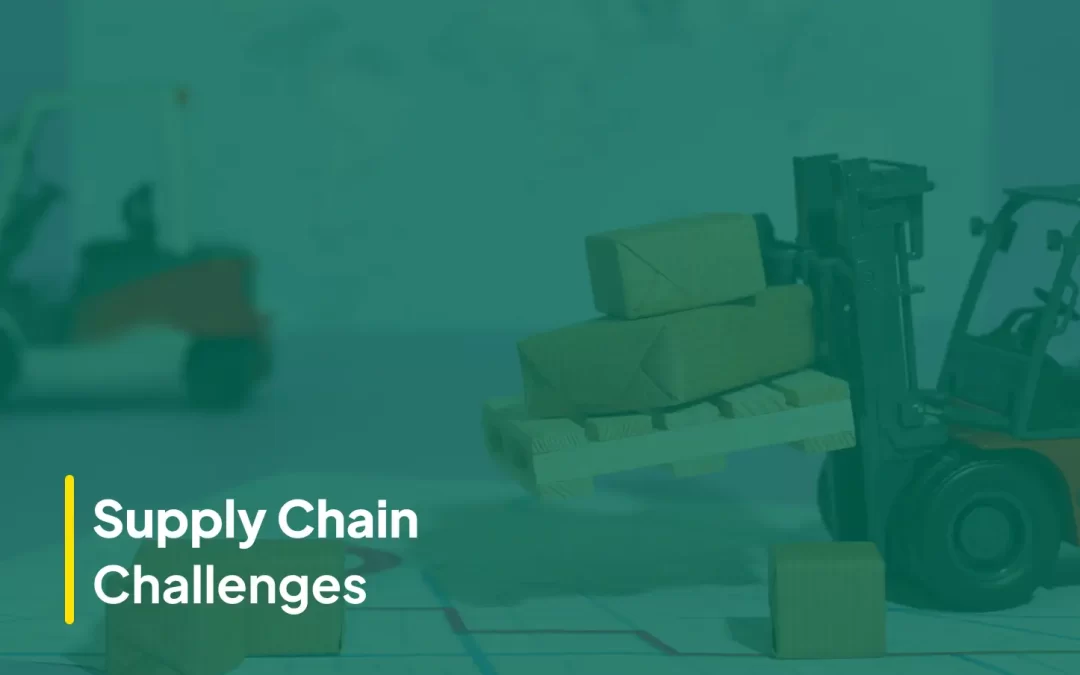India, with its vast geography and diverse market, presents a unique landscape for supply chain management (SCM). Over the past few decades, the evolution of SCM in India has been significant, shaped by economic reforms, technological advancements, and changing market dynamics. Despite these advancements, several challenges remain that hinder the optimization of supply chains in the country.
Historical Perspective
The journey of supply chain management in India can be traced back to the pre-liberalization era when logistics and distribution were fragmented and inefficient. The supply chain was primarily characterized by inadequate infrastructure, excessive regulatory controls, and a lack of technological integration. The 1991 economic reforms marked a turning point, as liberalization led to increased foreign investments, globalization of businesses, and the introduction of modern SCM practices.
Key Milestones in the Evolution
Economic Liberalization (1991): The economic reforms initiated in 1991 opened the Indian market to global players. This led to the modernization of infrastructure and the introduction of global SCM practices.
Advent of Information Technology (Late 1990s to Early 2000s): The IT revolution brought about significant changes in SCM. Enterprise Resource Planning (ERP) systems, advanced analytics, and automated processes started gaining traction.
Goods and Services Tax (GST) Implementation (2017): The introduction of GST was a landmark reform that simplified the indirect tax structure, leading to more streamlined and efficient supply chains by reducing the complexities of interstate logistics.
eCommerce Boom (2010s onwards): The rise of e-commerce giants like Flipkart and Amazon in India necessitated the development of robust SCM systems to handle the surge in online orders, same-day deliveries, and extensive last-mile logistics.
Contemporary Challenges in Supply Chain Management
Despite the progress, several challenges continue to impact SCM in India:
Infrastructure Deficiencies: Although there have been improvements, India’s infrastructure still lags behind. Poor road conditions, inadequate warehousing facilities, and congested ports and airports often lead to delays and increased logistics costs.
Regulatory Hurdles: Frequent changes in regulations and compliance requirements create uncertainties. While GST has simplified many aspects, other regulatory hurdles continue to pose challenges.
Fragmented Logistics Sector: The logistics sector in India is highly fragmented, with numerous small players operating in silos. This fragmentation leads to inefficiencies and higher costs.
Technological Integration: While large companies have adopted advanced technologies, many small and medium enterprises (SMEs) still rely on outdated methods. The lack of digital literacy and high costs of technology adoption are significant barriers.
Skilled Workforce Shortage: The SCM sector faces a shortage of skilled professionals who are adept at managing modern supply chains. This skills gap affects the overall efficiency and effectiveness of supply chain operations.
Future Outlook
The future of SCM in India looks promising, driven by several emerging trends and government initiatives:
Infrastructure Development: The Indian government’s focus on building smart cities, dedicated freight corridors, and improving logistics parks is expected to enhance infrastructure significantly.
Digital Transformation: With the increasing adoption of AI, IoT, and blockchain, Indian supply chains are poised to become more efficient, transparent, and resilient.
Sustainable Practices: There is a growing emphasis on sustainability in SCM, with companies adopting green logistics practices to reduce carbon footprints.
Skill Development: Initiatives aimed at upskilling the workforce in SCM will help bridge the skills gap and improve overall productivity.
The evolution of supply chain management in India is a testament to the country’s ability to adapt and grow amidst challenges. While significant strides have been made, addressing the existing challenges will be crucial for India to achieve a world-class supply chain infrastructure. The combined efforts of the government, industry stakeholders, and technological advancements hold the promise of transforming the SCM landscape in India, driving economic growth and enhancing global competitiveness.

